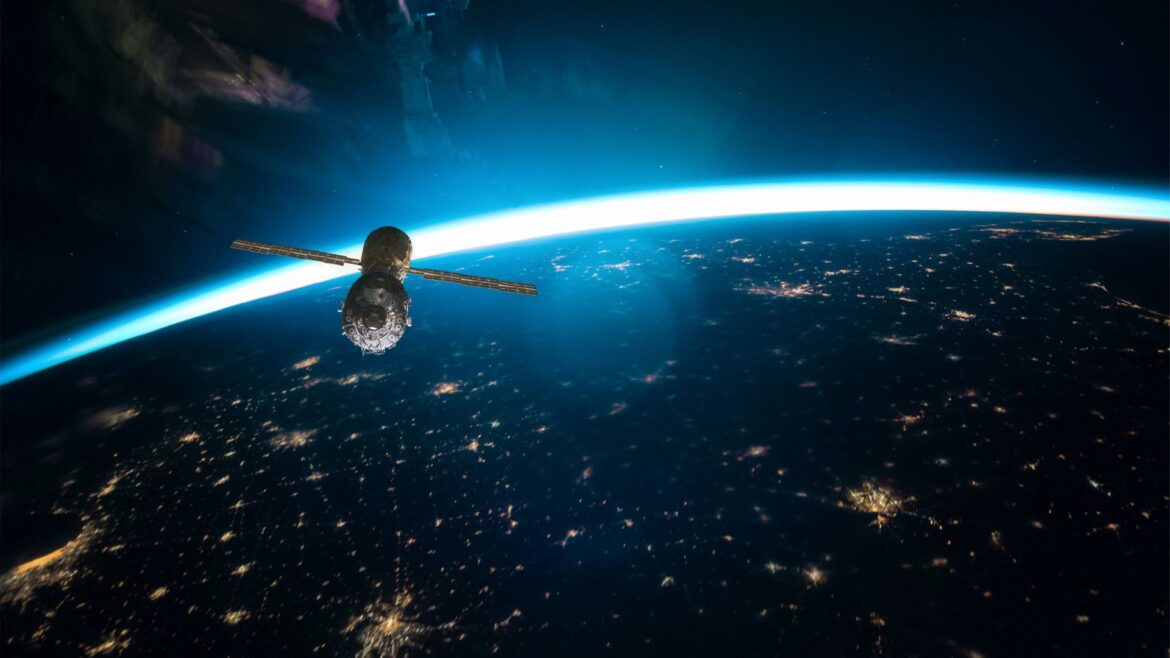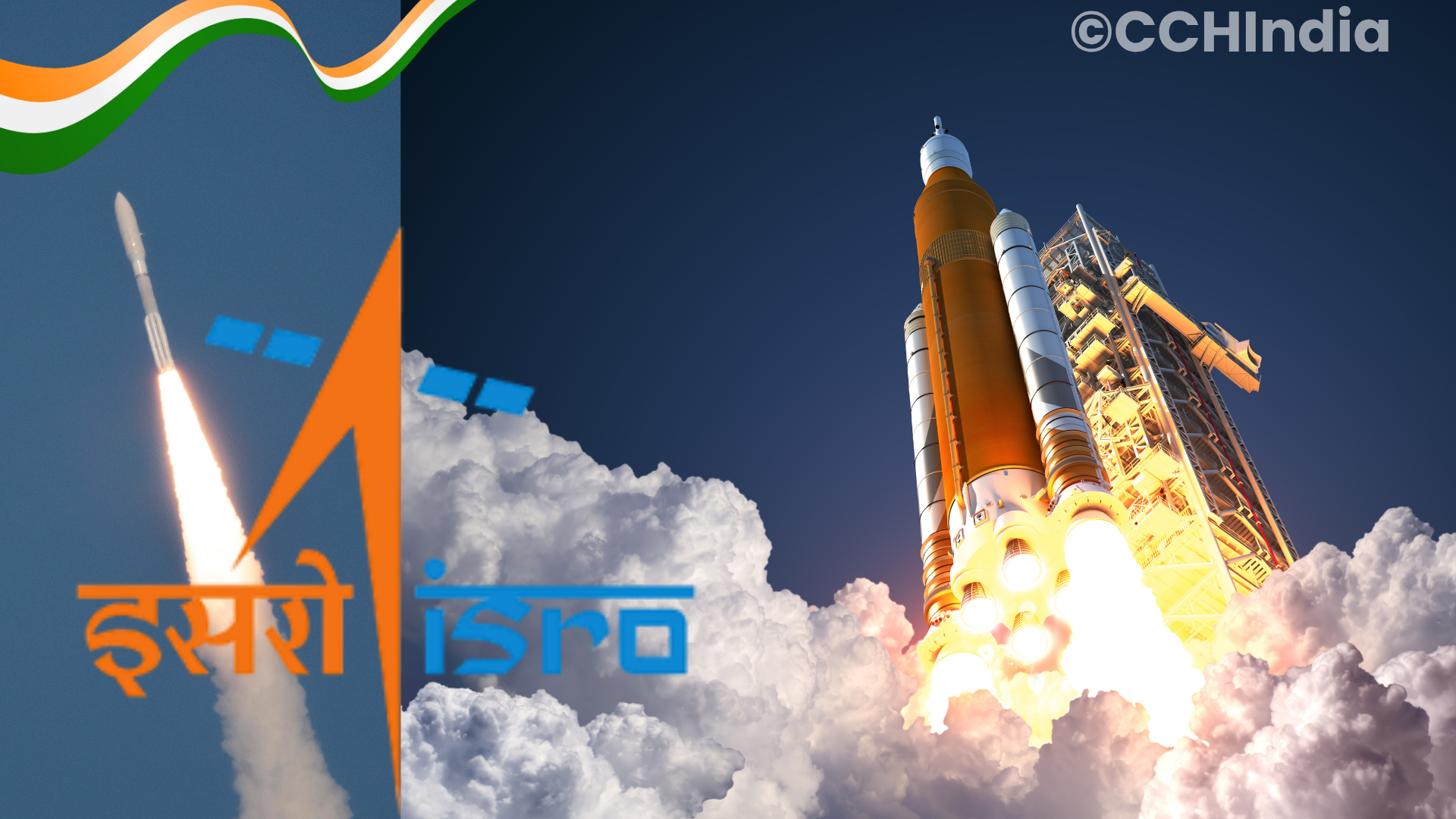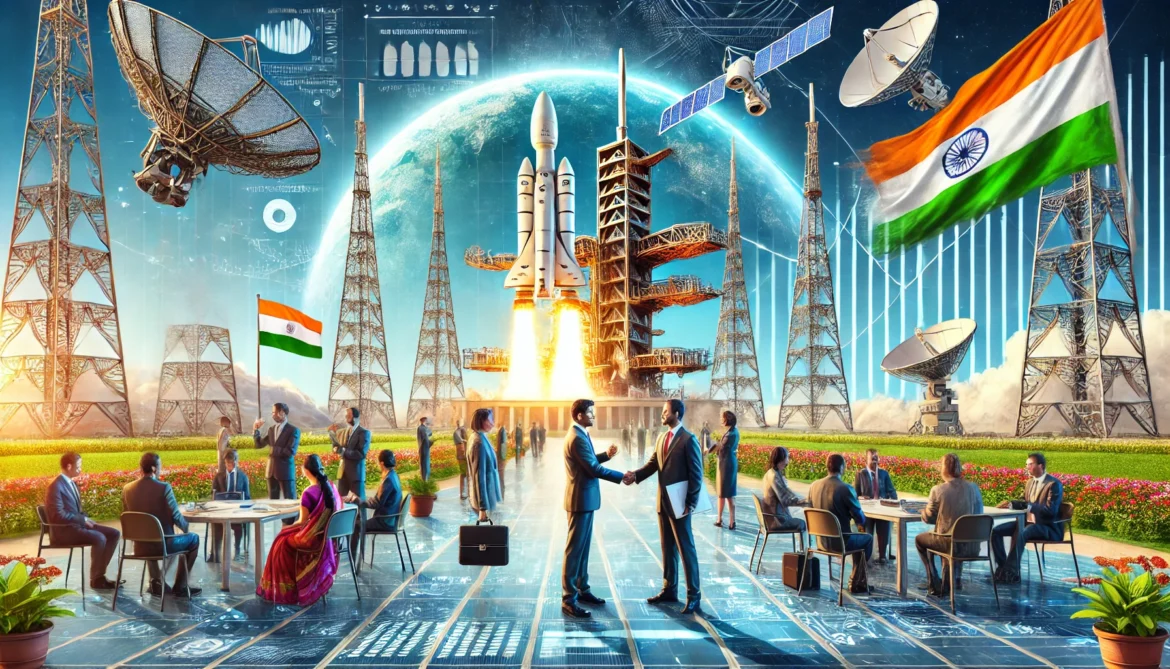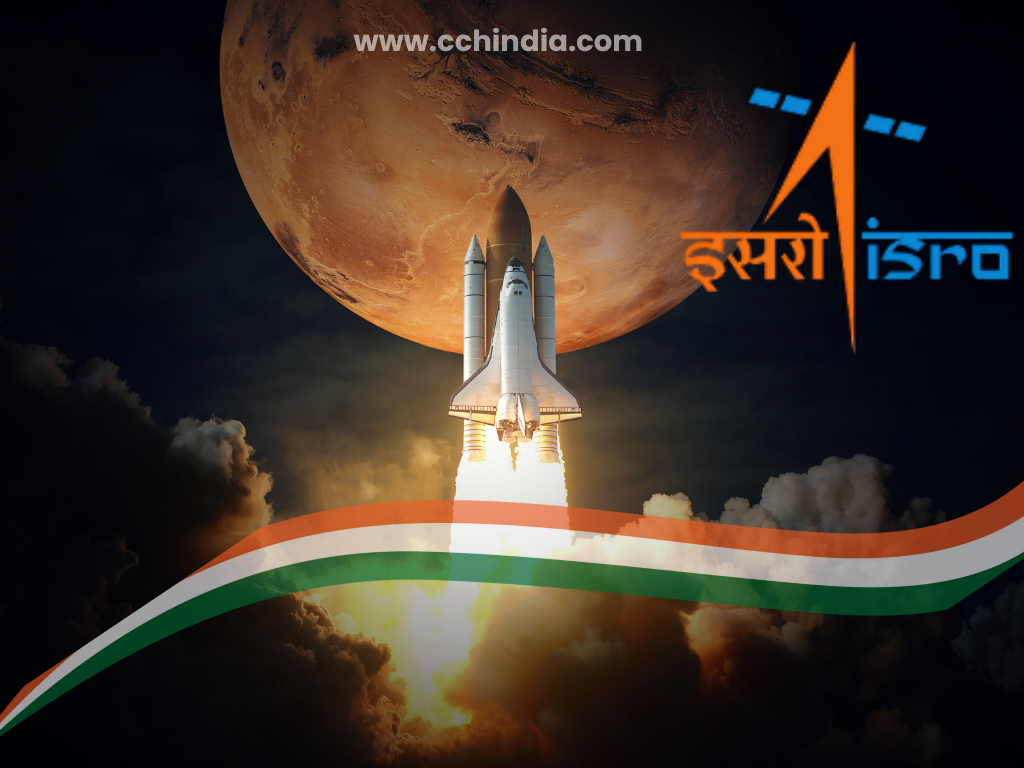Indian space research organisation is making its mark amongst the world’s leading space agencies. It is developing indigenous space technologies which are at par with the global standards at a significantly reduced cost. This has reduced India’s dependency on foreign technologies.
ISRO conducts various missions to explore space like launching satellites for various purposes like communication, weather forecast and navigation. It is also launching space crafts for interplanetary missions. Let’s look at various categories of satellites and spacecrafts which ISRO is designing, developing, and deploying.
Communication Satellites
Communication satellites are designed to relay and amplify communication signals across large distances, facilitating telecommunications, broadcasting, and broadband services. They typically orbit the Earth in geostationary orbits, ensuring consistent coverage over specific areas.
Some of the latest communication satellites in ISRO’s arsenal include – GSAT-31, GSAT-24, GSAT-30
Earth Observation Satellites
Earth observation satellites are used for monitoring the Earth’s surface, including land, water, and atmosphere. These satellites are crucial for applications like agriculture, forestry, water resources, urban planning, and disaster management. EOS-08 is one of the latest earth observation satellite launched by ISRO
Scientific Spacecrafts
Scientific spacecrafts are dedicated to space exploration and scientific research. These missions often involve exploring other planets, studying outer space phenomena, and conducting experiments in space. The latest and globally recognised example is Chandrayaan-3. Other examples are Aditya L1, Mangalyaan-1
Navigation Satellites
Navigation satellites provide positioning, navigation, and timing services. These satellites are essential for applications such as GPS, mapping, and geospatial information systems. Example, NavIC, IRNSS
Experimental Satellites
Experimental satellites are designed for testing new technologies and demonstrating innovative concepts. These missions often serve as a precursor to more extensive operational missions. For example, experimental operations are happening for the upcoming Shukrayaan-1 upcoming mission to Venus, focusing on developing and testing new technologies for planetary exploration.
Small Satellites
Small satellites refer to a class of satellites with a smaller mass and size compared to traditional satellites. They are used for various purposes, including scientific research, Earth observation, and technology demonstration. These satellites are often part of constellations. Example, SSLV-D3
Student Satellites
Student satellites are developed by students in collaboration with ISRO, providing educational institutions with the opportunity to engage in space research and development. These satellites serve educational and experimental purposes, fostering innovation and hands-on experience among students.
Example, INSPIREsat-1 from Indian Institute of Space Science & Technology (IIST) in association with Laboratory of Atmospheric & Space Physics at University of Colorado, Boulder. UNITYsat, a Joint development by apigacor Jeppiaar Institute of Technology, Sriperumbudur (JITsat), G.H.Raisoni College of Engineering, Nagpur (GHRCEsat) and Sri Shakti Institute of Engineering and Technology, Coimbatore (Sri Shakthi Sat)
Each type of satellite serves a distinct purpose, contributing to India’s space capabilities in areas like communication, Earth observation, scientific research, navigation, experimentation, and education. ISRO continues to innovate and expand its satellite programs to meet the growing demands of space-based applications.






